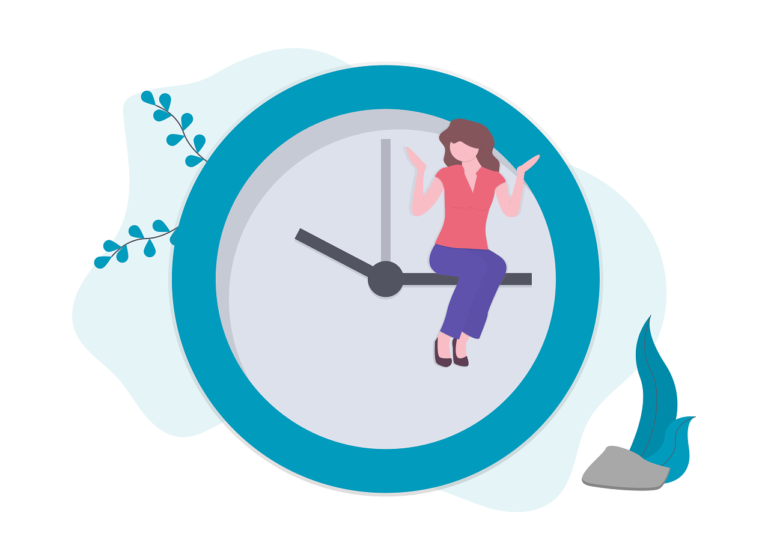How can my reading speed be accurately tested?

This is the third and final chapter about Improving Reading Speed. To complete this reader, read each chapter carefully and then unlock and complete our materials to check your understanding.
– Recommend three useful resources for testing reading speed
– Explain how reading speeds are determined online
– Provide Academic Marker’s reading speed and comprehension test to inform overal reading efficiency
Before you begin reading...
-
video and audio texts
-
knowledge checks and quizzes
-
skills practices, tasks and assignments
Chapter 3
Now that we’ve explored why it’s necessary to improve reading speed and which strategies are best for doing so, this third and final chapter on the subject next focuses on testing a learner’s reading speed. While there might be many services on the internet that claim to improve a student’s learning speed in a number of ways, in truth it’s only really possible to improve your efficiency by following the twelve strategies outlined in Chapter 2 and by allowing yourself lots of reading practice.

Because it’s important to accurately test your speed and comprehension so that you can determine your skill level and give yourself a target to beat next time, we’ve provided three websites below that specialise in testing a student’s reading speed:
1. http://readingspeedtest.org/
2. http://www.freereadingtest.com/
3. https://www.myreadspeed.com/
However, you can also test your reading speed with Academic Marker. A person’s reading speed is usually simply a combination of how long it takes them to read a text versus how much of that text they comprehend. To complete our reading-speed test, students simply need to complete the following seven steps:

1. Find a timer such as a phone or stopwatch
2. Prepare to read the reading text below (535 words)
3. Begin timing yourself once you begin reading
4. Finish timing yourself once you finish reading
5. Write down the time it took you to read the text
6. Use our table to determine your reading speed in words per minute (WPM)
7. Complete ten true/false questions to determine your comprehension level
Are you ready? Go!
Although speed reading is an important skill for students around the world, it is particularly imperative for non-native speakers of English who are studying at universities. The faster a person can read, the more likely they are to succeed in timed writings, proficiency tests, lectures and seminars and in assignments that require vast amounts of research such as dissertations of more than 10,000 words. For some people, speed reading is a competitive sport that takes focus and training, practising multiple times a day. For others, being able to read more quickly is a benefit of reading for pleasure or is a necessity of receiving higher grades – and so shortcuts are more welcomed.
While competitive speed readers might be machine-like in their ability to read 2,000 words per minute or more, they confess to only being able to comprehend around half of what they read. The average reading speed, however, is around 200 to 400 words per minute for university students with a roughly 80% comprehension rate – a score that most should be happy with. In truth, reading speed really depends on the type of reading you’re doing. An average of 100 words per minute is common when reading intensively, while 200 words per minute is a recommended average when studying. High speeds such as 400 words per minute are usually only common when scanning for particular pieces of information.
The reason that reading speed is limited in humans is purely biological. Every person requires a combination of functional eyes and an alert brain to be able to read. In the animal kingdom, there are ten different types of eyes which can each be divided into simple or compound categories. Humans, however, are the only animal that can read. The eye detects light and converts it into electro-chemical impulses which it then sends to your brain. Interestingly, it was the French ophthalmologist Louis Javal that in the late 19th century reported that humans do not move their eyes continuously along a line of text but instead make short, rapid movements called saccades and short stops known as fixations.
Thinking about the statistics of these saccades and fixations, well-practised readers are able to move their eyes when reading roughly every quarter of a second, with the average fixation length being 200 to 250 thousandths of a second. The distance the eye moves during each saccade is somewhere between 1 and 20 characters, although the average is more commonly around 7 to 9. People with dyslexia, however, which is a general term that describes multiple reading disorders, tend to suffer from a decreased reading speed – although thankfully there are many remedies nowadays to help with this issue.
There are five main reasons that people should read which have been studied carefully by scientists. These five reasons are (1) reading reduces stress, (2) reading increases lifespan, (3) reading improves general knowledge and language skills, (4) reading enhances a person’s empathy and understanding of others, and (5) reading increases creativity. Next time you pick up a textbook or a journal article to study for an assessed assignment at university, remember to think of the valuable skills you’re practising at the same time as increasing your reading speed.
Word count: 535
What’s your reading speed?

What’s your comprehension level?
Now that you know your reading speed in words per minute (WPM), answer the following ten true/false questions to determine your level of comprehension:

Now check your answers in the table below. The combination of your reading speed in words per minute plus your comprehension level (score out of ten) is your overall reading speed/accuracy. Use these results as a marker of your ability that you can aim to improve upon next time. Don’t forget also to unlock our beginner, intermediate and advanced worksheets to further check your understanding.

Downloadables
Once you’ve completed all three chapters about improving reading speed, you might also wish to download our beginner, intermediate and advanced worksheets to test your progress or print for your students. These professional PDF worksheets can be easily accessed for only a few Academic Marks.
Collect Academic Marks
-
100 Marks for joining
-
25 Marks for daily e-learning
-
100-200 for feedback/testimonials
-
100-500 for referring your colleages/friends